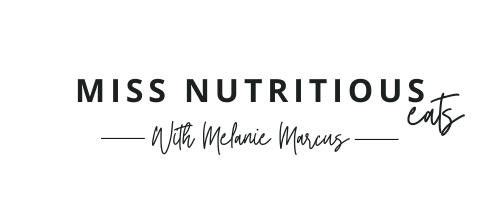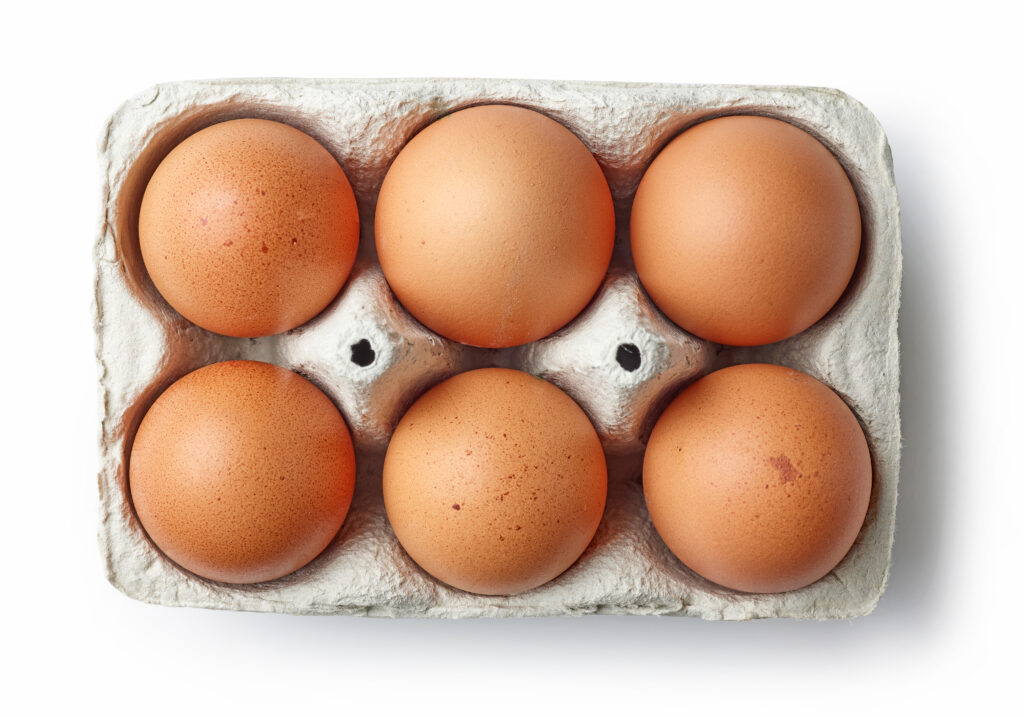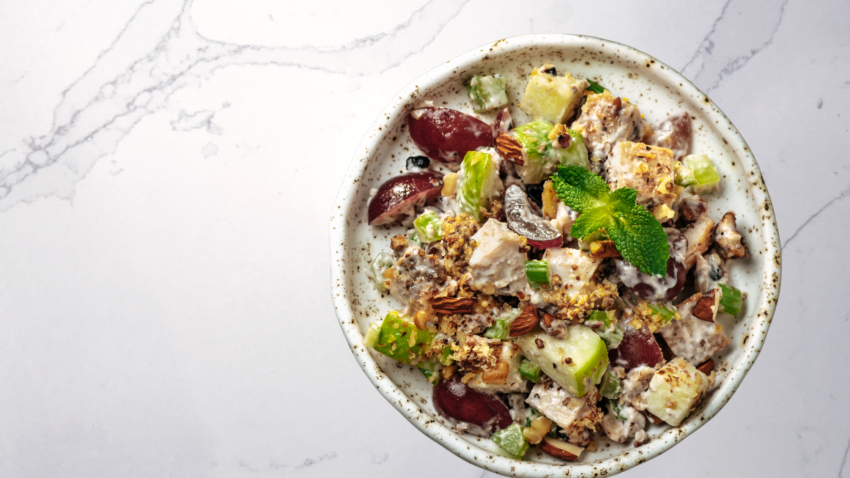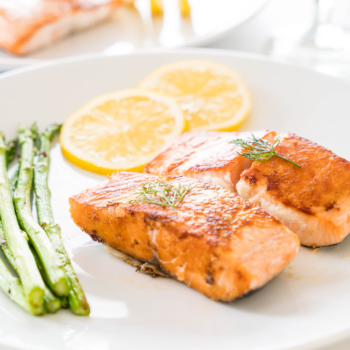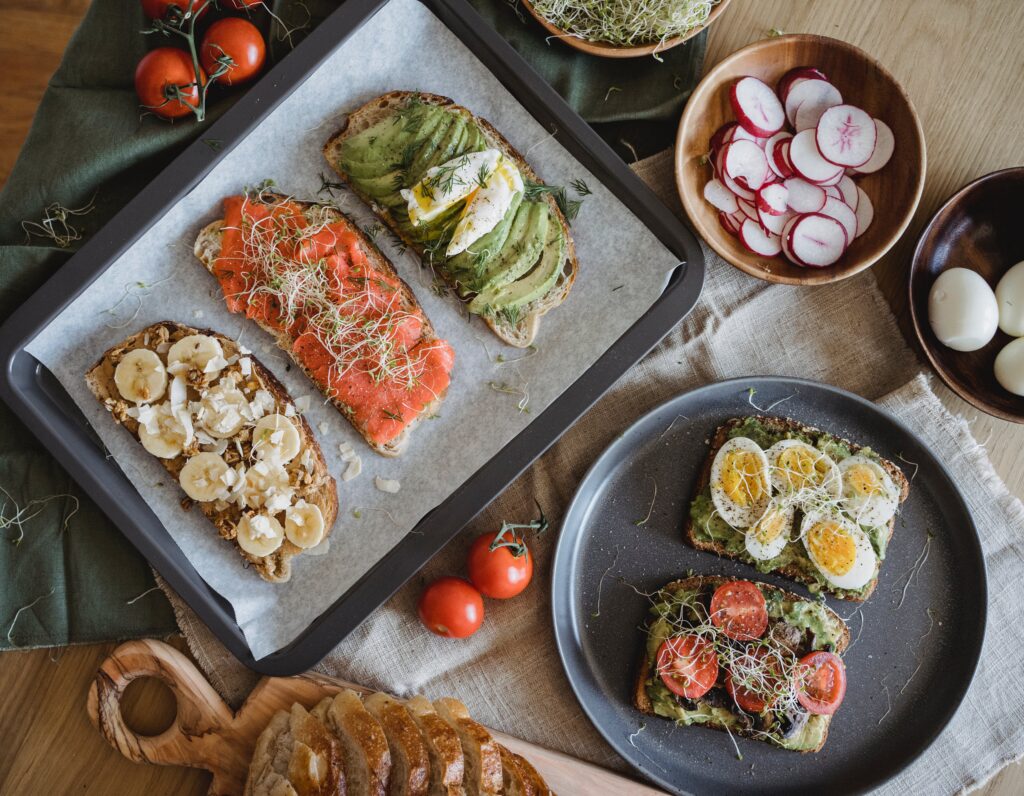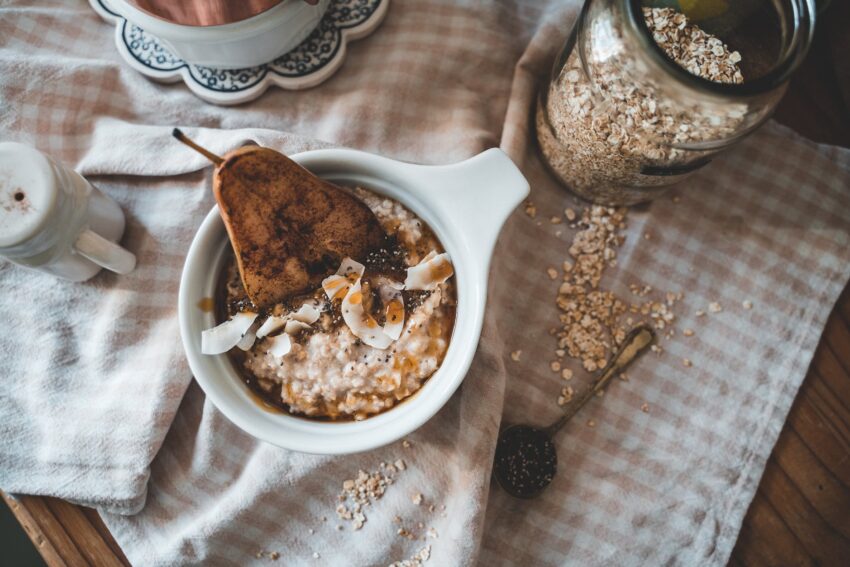Date night review: Fox & Falcon Southpark Charlotte
If you know me, you know I have a passion for food. And my husband and I both really enjoy a good meal. Having lived and worked around Manhattan, we always had a lot of fun trying new places (before kids, and before we moved to Charlotte). While less often, we still try to get out and try new places in the Charlotte culinary scene. So… I thought I’d start sharing about some of the places we’ve tried lately.
Last weekend we snuck down to trendy South Park area of Charlotte, North Carolina, to check out the Fox & Falcon by David Burke. It’s over at 4905 Ashley Park Lane near the South Park Mall and it’s website describes it as modern steakhouse fare. I’m familiar with Burke’s restaurants from living in New Jersey, and was excited because he has a reputation for offering a culinary experience.
So, I met Andy over in the Southpark area of Charlotte around 8:30 after a girls happy hour. If you’ve never been there before, it’s in a bit of a residential area with apartment buildings around it. The garage nearby says it’s only for residents and there is on street parking. I did not see valet available, so maybe just plan for that if it’s a busy night!
Table of contents
The Ambiance
Walking in, the restaurant’s ambiance spoke volumes—with bold wallcoverings, neutral colors complimenting woody trusses and brick columns, and soft illumination from salt rocks, created a really cool sophisticated vibe. There was lots to look at from both the bar and table including a somewhat open kitchen so you could see the line area. When you walk in, it really looks like a fun place for a birthday dinner or romantic date night.
The Drinks
I had a super cold vodka martini with blue cheese olives. It was cold (it didn’t have ice pieces in it) but cold enough and the olives were on point!
Andy usually has a regular vodka martini or a negroni, before enjoying wine with dinner. That said – it was really interesting to see a NO ABV and LOW ABV section of the drinks menu. They were intriguing with their use of herbs, 0 proof alcohol and wine syrup.
The Menu
At first glance, there was a lot to choose from on the menu. Appetizers included signature Clothesline Bacon, Lobster Dumplings, Tuna & Salmon Tartare, Gruyere Popovers and Pretzel Crab Cake to name a few. There were also a variety of mains offered covering everything from pasta to fish and obviously steak.

What we ordered
Starter
- (6) oysters
Salad
- Classic Caesar Salad, split
Appetizer
- Tuna & Salmon Tartare
- Pretzel Crab Cake
Mains
- 16 oz Prime Rib **
- Halibut T-Bone
Sides
- Truffle Fries
Dessert
- Apple Pie**
- Walnut Parfait
**What they ran out of
This was a recurring and unfortunate theme. Upon sitting at 8:30 on a Saturday night, the server went over the prime cuts of beef and let us know that the lamb** from the menu was no longer available. When the waiter came back he sold on the 16oz ribeye** and learned that they were out of that too (as well as the lobster mac and cheese). So my husband upgraded to the 20oz ribeye**. After all of the appetizers were brought over, we were informed that the 20oz rib eye** was no longer available. Which was odd because the dining room wasn’t packed. It was busy, there was a good vibe, but I’d say at least 1/3 of the restaurant was empty.
So there were no specials, and the upscale modern steakhouse ran out of it’s signature rib eye. Instead Andy went with the NY Strip.
The manager apologized and offered the steak and desserts to us to make up for it.
We also learned that while they have a full bar, they don’t serve Frangelico which is Andy’s go-to after dinner drink.

The Service
The service was efficient but felt slightly rushed, more like a relay race than a romantic leisurely dinner for two. At one point, I thought I was at an all you could eat buffet, because the oysters, salad and appetizers were all served at the same time! It was slightly comical (as a dietitian) because I don’t think there was any room on the table when all 5 plates were put down at the same time. We were there to relax and have a couple of drinks with dinner. But if we wanted to, we could have probably been in and out in an hour.
I would have preferred to have the meal paced out so we could eat food at the proper temperature and not feel like we were gorging! It also made me wonder, would this have happened at the eight-seat chef’s table that is available for reservation?
Food Quality
In true steakhouse fashion, the menu selections teetered on decadent. Yet, as already mentioned item after item—the lamb, the 16oz rib eye, even the celebrated apple pie for dessert—were unavailable.
One thing stood out to us. Nearly all of the appetizers came out warm – not hot or cold. The oysters were not cold, cool at best while the tartare felt like it actually was set under a heat lamp before coming to the table. The flavors were good, but the temperature felt off.
The pretzel-crust crab cake was super tasty, but didn’t feel hot.
My halibut on the bone was really different. I’ve never seen fish presented that way. It was served over ratatouille and had a good mix of vegetables and protein. It was Mediterranean inspired and the portion was significant. I took half home and it reheated well :).
Truffle fries tasted more like parmesan and were super salty.
While Andy’s strip steak wasn’t great. It had a noticeable ring of fat, but it was cooked medium as he requested.
The Walnut Trifle for dessert was right up my alley. It was served in a coup glass, super rich and creamy. I really enjoyed it, but I know Andy would have loved apple pie! It’s his favorite.

And sometimes, I hate that I’m so detail oriented, but I overheard the server go take a dessert order for an 8 top next to us and they ordered two apple pie desserts. After he put that order in, he let us know they were out of the apple pie. Maybe it’s just me, but when I waited tables, if I had a party that had to speak to the manager, I’d just make sure I did what I could to make the rest of the evening seamless. I probably would have taken our dessert order before the 8 top!
Beverage Offerings
The bar has a carefully crafted cocktail menu, as well as a full NO ABV (mocktail list!) which includes drinks like the Faux & Falcon which is a combination of ginger beer and NA red wine syrup. They also boast a thoughtfully curated wine list plus sake and draught beers. That said, they don’t have Frangelico as part of their full bar offering.
Meal Timing
Overall needs improvement. My husband sold wine for some time in New York and myself having worked in several restaurants, we both know how the pace of the meal improves the guest experience, but also helps improve sales! We easily would have had another round of drinks if we weren’t rushed through our first course.
How I handle macros
In the FASTer Way we have a saying, “memories over macros”. And I apply this to holidays or eating occasions where I want to be present and not track every element of the meal. Instead I look at my day in the morning and strategically choose foods that are lower in fats and higher in proteins so that I can enjoy the richer foods while dining out.
Before a big date night, I’l usually have a protein shake, egg white and veggie omelette or maybe this two ingredient soup with a scoop of collagen to get my protein up!
Check out this page if you want to know more.
Overall Impression
As a culinary trained dietitian and foodie, the menu was interesting and had great variety. We wish everything was available so we could have tried the items we initially ordered. Before arriving, the online menu drove me in with the Branzino which wasn’t offered when we were there, but I loved the balance of my halibut dish, it was light and flavorful and fit perfectly with my macro protein goal!
Overall it was a bit disappointing – especially for the price. We had tried Red Salt by celebrity chef David Burke and while Southern cuisine isn’t my favorite, I thought both the food and the service were excellent there. I’ve also had a level of enthusiasm for Burke’s Port City Club takeover since it’s nearby, but now I’m on the fence!
We kind of agreed that it seemed as though an intentional decision was made to buy and prep food in order to run out and not have food waste. Which would be a fine strategy if it weren’t an elevated modern steakhouse menu.
Would we go back?
Probably not for date night. It certainly has potential, but when you weigh the cost, travel time to get there and ability to deliver on offerings from the menu, we felt it was a little unpredictable given our first experience. If I was in the Southpark area, and were to meet a friend for a drink, I could see myself meeting there to check out the bar bites menu with a glass of wine or their NO ABV section of the cocktail menu but I wouldn’t reserve a table again.
Where are you eating in and around Charlotte? We want to go check it out too!

